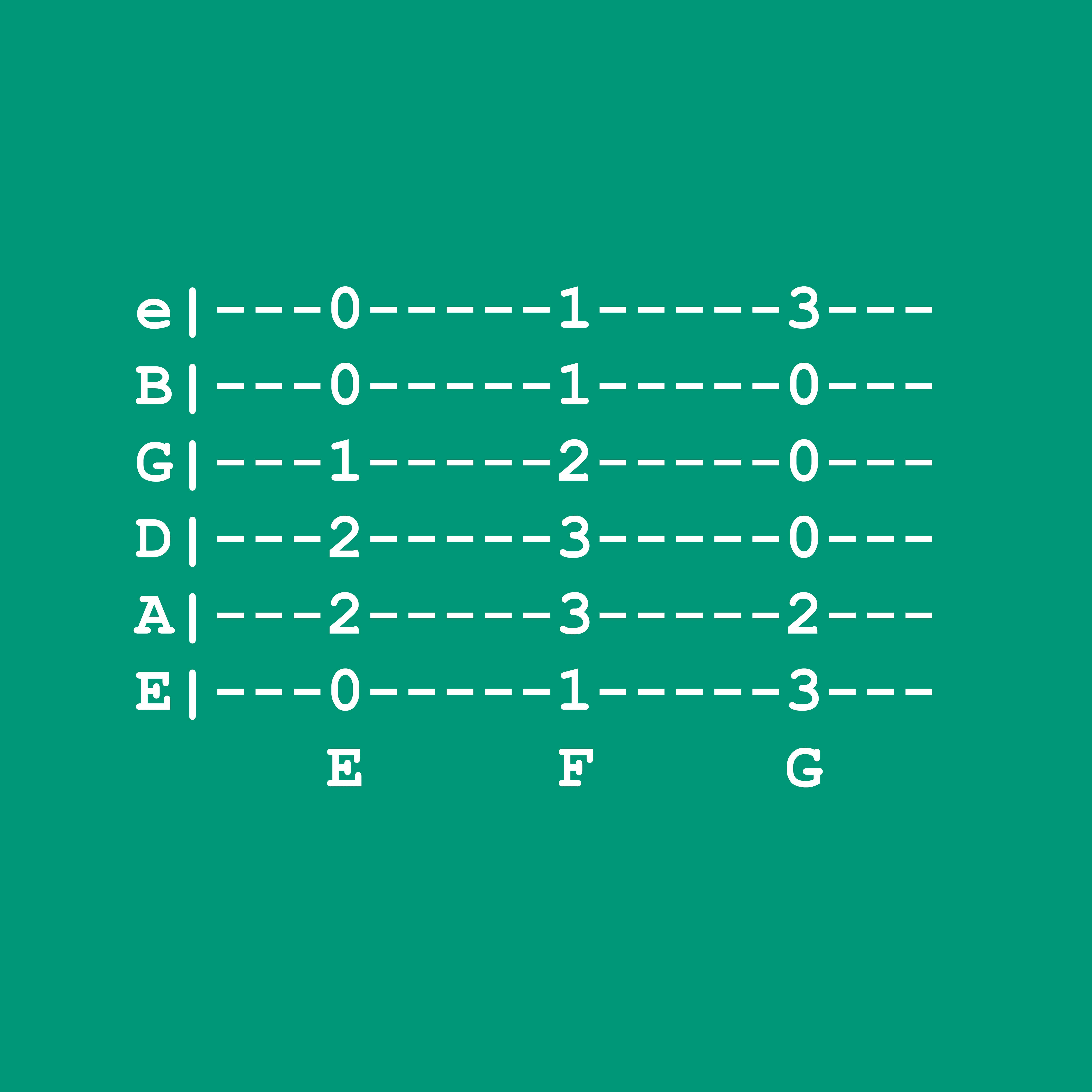How to read guitar tab
Whether you’re just starting to learn guitar, or you just can’t quite figure out how to get your favourite riff down, tabs are and have been an easy way to learn guitar for many years. An alternative to standard sheet music, tab is operationally based, indicating where a finger should be placed to produce the desired note.
Tab (short for tablature) was developed in Europe in the 1300’s initially for notating music for the organ. Since its inception, its use was developed for fretted stringed instruments and is widely known to guitar players today as a simple method to learn music. A major benefit is that unlike sheet music, very little additional knowledge is required to understand the basics of tab music.
Tab music is written on 6 lines, with each line representing the 6 strings of a guitar. Tab is also often written for bass guitar too, with 4 lines to represent each string. Tab is read from left to right and normally starts with a letter before each line denoting the tuning of that string, or numbers 1-6 to mark the 1st (highest) to 6th (lowest) string. In standard tuning, the low E is denoted with a capital letter whereas the high E is denoted with a lowercase letter. Typically, the highest line represents the highest string and descends from there, as if to mimic how a guitar strings look to a player as they look down at their guitar in the playing position. Sometimes however, this order is reversed. Usually tab writers will explain the convention being used to avoid confusion.
Across each line, numbers appear to represent the fret number which needs to be pressed on to generate the correct note. For example, a number 5 on the second line from the top will usually mean that the B string should be plucked while it is fretted at the 5th fret. If a zero appears, this means that the string should be played open, or unfretted.
Below is an example of how an E, F and G chord is represented in tab:

Variations
When the music requires a capo, the tab numbers represent the number of frets up from the capo location. For example, if a capo is placed on the third fret, and the number 2 is shown on tab, the fifth fret of the guitar is pressed.
Sometimes you’ll see other letters and characters across a tab which denote variations in playing. Below are some examples of this:
h – hammer on
p – pull off
b – bend string
PM – palm mute
There are a number of websites online that offer an incredible amount of guitar tab across a wide gamut of genres so you’re sure to find something that takes your fancy.



